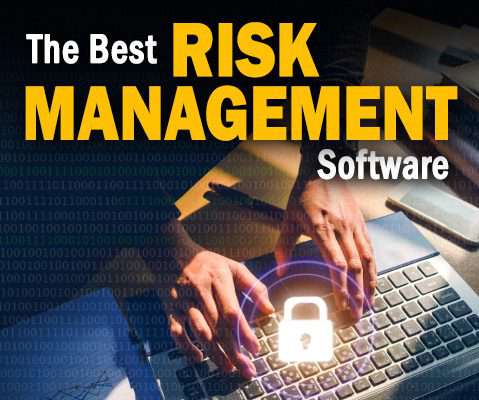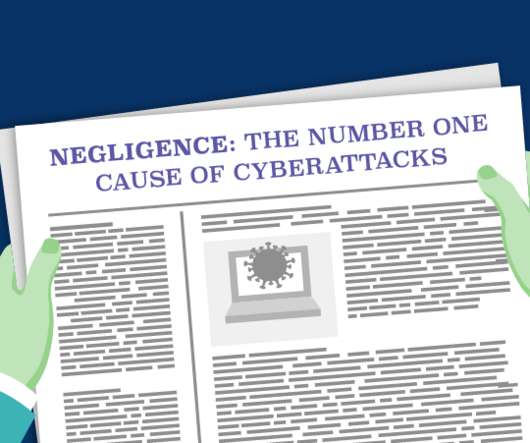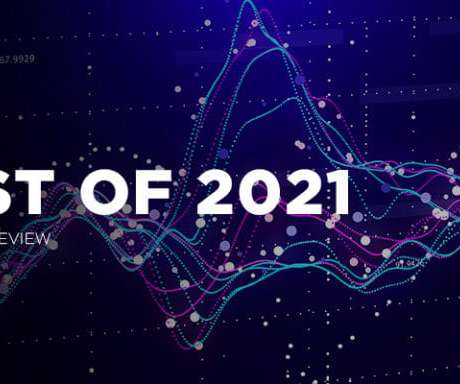Operational Resilience for Financial Services: A Perspective from the U.S.
Pure Storage
MARCH 25, 2024
Operational Resilience for Financial Services: A Perspective from the U.S. We took a global look at the subject of OR in our white paper, “ Strengthening Operational Resilience in Financial Services ,” and two blogs that focused on requirements in Europe and APAC. Like nearly all efforts in the U.S.,
































Let's personalize your content